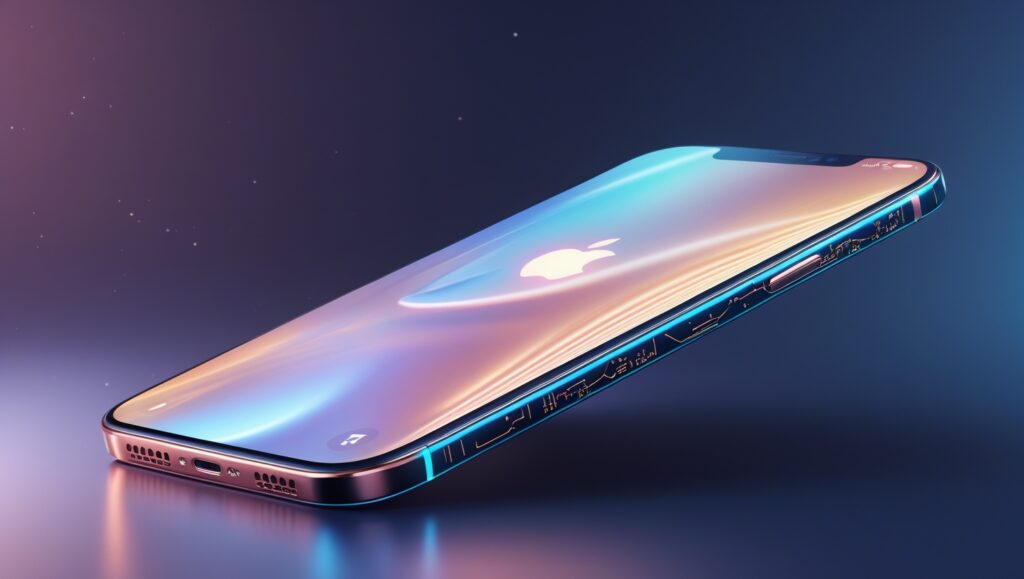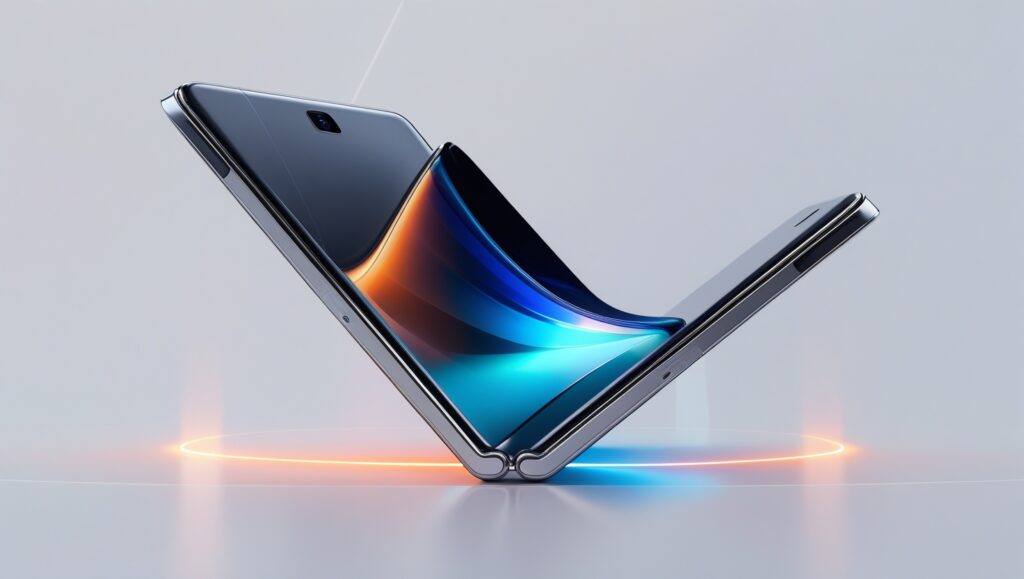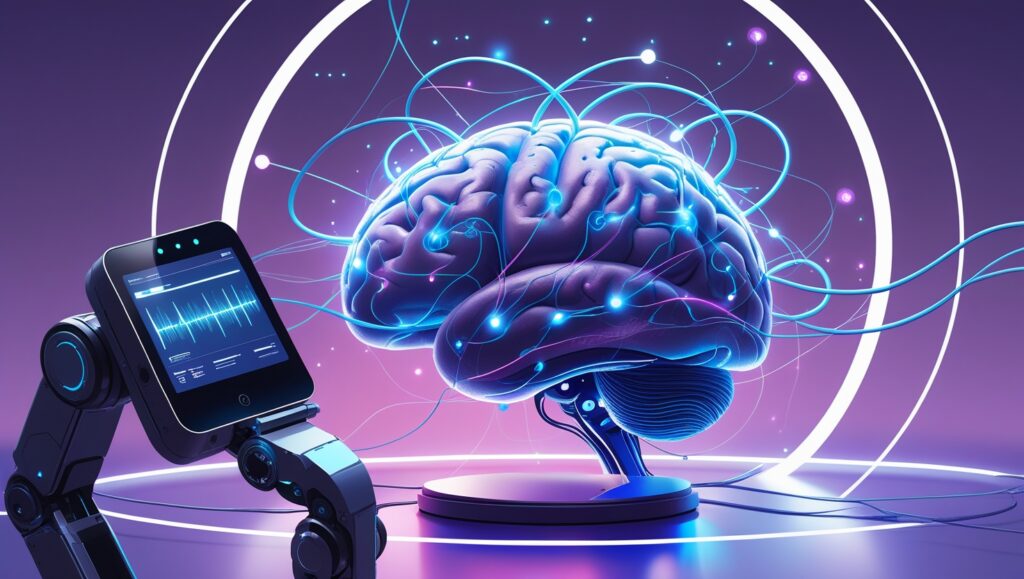Apple’s iPhone releases are no longer just product launches — they’re global events, breeding months of speculation, leaks, and industry buzz. In 2025, the launch of the latest iPhone (iPhone 17 series) brought with it excitement, controversy, and plenty of surprises. As expected, Apple made both evolutionary improvements and bold design changes. But how much of what was predicted by leakers, analysts, and rumor mills actually came true?
This deep dive breaks down what the rumor mill got right, what it missed, and how Apple continues to master the balance between innovation, secrecy, and showmanship — across design, features, performance, and software.
The Lead-Up: Hype Meets Leaks
Each year, iPhone speculation starts earlier. For the iPhone 17, design schematics and dummy models surfaced months before WWDC. Tech influencers and leakers like Mark Gurman, Jon Prosser, and ShrimpApplePro dropped near-weekly updates on supposed features. From AI-infused interfaces to radical design changes and next-gen battery tech, the pre-launch chatter built expectations sky-high.
The question was: would Apple meet the moment — or underwhelm?
Design Overhaul: The Ultra-Thin “Air” and Pro Refinements
Perhaps the biggest surprise (and most accurate rumor) was the introduction of a brand-new model: iPhone 17 Air. Rumored to be Apple’s thinnest device since the iPod touch, it wowed audiences with its featherlight frame and ultra-slim 5.5mm profile.
What the Rumors Got Right:
-
Ultra-thin chassis with a flat, polished glass back.
-
A new model name: “Air”, as Apple aligns branding with iPad and MacBook lines.
-
Color options including matte midnight, pearl white, and pink champagne.
What They Missed:
-
Leaks speculated that the Air model would replace the iPhone Mini. Instead, Apple retired the Mini quietly and positioned Air as a lightweight luxury option above the base model.
-
The rumored titanium frame for all models remained exclusive to Pro variants.
Meanwhile, the iPhone 17 Pro and Pro Max saw modest design refinements:
-
A smaller Dynamic Island with higher brightness and better ambient light adaptability.
-
A reduced camera bump, thanks to more compact sensors.
-
Matte back glass for all Pro models and lighter titanium shades.
Apple continues to demonstrate that even small changes can have a big visual and ergonomic impact — especially when amplified by marketing.
Display & Refresh Rate: Smooth for All
One of the most accurate rumors was the standardization of 120Hz displays across all models — a long-awaited move. Previously reserved for the Pro line, the higher refresh rate finally came to the base and Air models, offering smoother scrolling, animations, and gaming experiences.
However, the Always-On Display remains exclusive to Pro and Pro Max variants. While leaks had predicted universal rollout, Apple likely held this back due to battery constraints — especially in the ultra-thin Air model.
Apple Intelligence & AI: What’s Real, What’s Not
With generative AI dominating headlines, expectations were sky-high for “Apple Intelligence” — Apple’s rumored answer to ChatGPT and Google Gemini.
What We Got:
-
Apple Intelligence, a suite of on-device AI features including:
-
Smart Summarization in Safari, Messages, and Mail.
-
Context-aware Siri, which understands apps, media, and documents.
-
On-screen awareness, letting Siri respond to what you’re viewing.
-
AI-generated text and tone adjustments for email and messaging.
-
All of this is powered by the new A18 and A19 chipsets, leveraging Apple Neural Engine for on-device privacy-focused AI.
What We Didn’t Get:
-
Rumored features like Genmoji (custom emoji generation), image generation, and AI personal assistant personas were no-shows.
-
The deep integration of AI with Photos (for generative edits or scene expansion) is expected to arrive in later iOS 19 updates.
In short, Apple launched AI with caution — avoiding flashier tools for practical, privacy-centered upgrades.
Camera Upgrades: Subtle but Smart
The camera system, as always, was central to pre-launch excitement. Rumors promised a 48MP front-facing camera, variable aperture lenses, and even a periscope telephoto upgrade for the Pro Max.
What We Got:
-
Front camera upgraded to 24MP, with better low-light performance and AI-enhanced framing.
-
Back camera kept the 48MP wide sensor, now with AI-assisted Smart HDR 6.
-
Pro Max model received a 6x periscope zoom lens, matching competitors like Samsung’s Galaxy Ultra series.
-
Video capabilities include cinematic stabilization, ProRes upgrades, and real-time noise reduction.
What didn’t show up? No under-display Face ID, no removable lenses, and no swappable magnetic lens system (despite some bold rumors).
Apple chose subtle, software-driven enhancements over hardware overhauls — a safe move, perhaps, but one that left some photographers wanting more.
Charging: The MagSafe Evolution
The iPhone 17 introduced the biggest jump in wireless charging since MagSafe’s debut — 50W wireless charging via MagSafe 3.0, a leap from the previous 15W cap.
This rumor was nearly universally reported in advance, and it held up. Combined with smarter thermal management and AI-assisted charging optimization, users can now top off in under 30 minutes.
Still Missing:
-
Reverse wireless charging, long-rumored, did not arrive. The tech appears ready, but Apple is waiting for wider accessories support and cross-device ecosystem testing.
-
USB-C, adopted in the iPhone 15 line, remained unchanged.
Battery Life: Lean, Smart, and Learning
The iPhone 17 Air’s 2,800mAh battery raised eyebrows. Could such a small battery handle a modern iPhone’s workload?
Apple says yes — and is betting big on stacked battery design, AI-optimized performance, and a new battery health algorithm that preserves longevity over time.
The Pro and Pro Max models benefit from slightly larger batteries and more efficient chips, pushing daily use to 20–24 hours with moderate use.
Biometric and Identity Features
Rumors swirled about Apple bringing under-display Touch ID, gait-based authentication, and iris scanning — but none materialized.
Instead, Apple leaned into refining Face ID:
-
Faster unlock.
-
Better recognition with sunglasses or in bed.
-
Secure app handoffs between devices using facial proximity (a new iOS 19 feature).
-
Software Surprises: iOS 19 and the Evolution of Personalization
Apple’s hardware may get the headlines, but iOS 19 delivered the ecosystem depth and feature richness that truly elevated the iPhone 17 experience. Many of the software enhancements were rumored — though not all as accurately as expected.
What Rumors Got Right:
-
New Lock Screen Layers: Users can now create multiple dynamic lock screens with live widgets and themes.
-
AI-Powered Focus Modes: iOS 19 predicts the best focus mode based on time, location, and app usage.
-
Contextual Siri Suggestions: Siri now suggests actions or reminders based on documents or images open on your screen.
What Was Missed or Delayed:
-
AI Avatars for FaceTime: Some expected custom animated avatars, like Apple’s take on Snapchat’s Bitmoji, but this hasn’t been implemented yet.
-
Deeper RCS support: Despite rumors of improved texting with Android, Apple’s support for RCS remains limited, likely due to ongoing regulatory disputes and brand positioning.
iOS 19 clearly emphasizes personalization and privacy — two of Apple’s core pillars — while easing users into the Apple Intelligence ecosystem.
Connectivity and Ecosystem Integration
Rumors ahead of the launch pointed toward deeper Apple ecosystem unification — and they were mostly correct.
What’s New:
-
Seamless Device Handover: Using facial proximity and gesture detection, you can now move content from iPhone to iPad or Mac simply by looking at one and swiping on the other.
-
Satellite Messaging Expansion: No longer limited to emergencies, Apple now allows basic text messages and check-ins via satellite when off-grid — a huge win for travelers.
-
Wi-Fi 7 Support: Only on Pro models, Wi-Fi 7 enhances speed and reliability, especially for high-bandwidth apps like Vision Pro integration.
One major miss? The rumored Apple Ring — a companion device said to launch alongside the iPhone for gesture control and biometric health tracking — didn’t make an appearance. That product, if it exists, may surface at a future event or be integrated with Vision Pro 2.
Environmental Initiatives: Green, But Not Perfect
Apple has long touted its environmental goals, and the iPhone 17 continues that messaging — partially confirming several pre-launch rumors.
Confirmed:
-
No plastic packaging at all — even the protective screen layer is made from plant-based film.
-
Recycled rare earth elements used in all iPhone magnets and batteries.
-
Carbon-neutral production for the iPhone 17 Air.
Still Absent:
-
A fully user-replaceable battery, despite growing right-to-repair movements in the EU and U.S.
-
USB-C charging standardization for all accessories; Apple still ships Lightning cables with some entry models.
While Apple markets sustainability well, critics argue it could do more to support repairability and reduce e-waste at the systemic level.
Pricing and Availability: Rumors Hit and Miss
One of the most anticipated (and debated) parts of every Apple launch is pricing — and this year’s rumors were a mixed bag.
What Came True:
-
No price hike for base iPhone 17, starting at $799.
-
iPhone 17 Air starts at $999, positioned between base and Pro models.
-
Pro and Pro Max start at $1,099 and $1,299, respectively.
The surprise? No $1,499 “Ultra” model — despite numerous credible leaks suggesting a higher-end version with a larger battery and camera system.
Apple may have shelved this SKU for now or chosen to test the waters with the Air model first.
What the Rumor Mill Misunderstood
Each year brings a mix of spot-on leaks and total misses. Here are some of the notable inaccuracies or misinterpretations for the iPhone 17 launch:
Rumor Reality iPhone Ultra with 1TB base storage No such model released Genmoji and image generation Not included at launch All models to include Always-On Display Remains exclusive to Pro and Pro Max Touch ID under screen Not introduced Foldable iPhone sneak peek Nothing shown, not even teased Magnetic modular camera system No sign of this concept Some of these may appear in future devices, but for now, Apple played it relatively safe.
The Bigger Picture: Apple’s Strategy in 2025
So what does the latest iPhone tell us about Apple’s broader vision?
-
AI Integration, Apple Style
Apple is approaching AI cautiously — emphasizing on-device, privacy-first tools rather than flashy experiments. The rollout of Apple Intelligence feels slow compared to competitors, but more stable and useful out of the gate. -
Design Consistency Over Innovation
The introduction of the Air model is bold — but the Pro and base designs are refined, not revolutionary. Apple’s strategy appears to be offering multiple experience tiers rather than pushing all users to the latest tech. -
Privacy Remains a Differentiator
With growing concerns over surveillance capitalism, Apple continues to frame itself as the privacy-conscious tech giant. AI features that work entirely on-device are a key differentiator from Google and Samsung. -
Subscription Ecosystem Over Hardware Dependence
More than ever, Apple is pushing services: iCloud+, Apple One, Fitness+, and Apple Intelligence Premium (for certain advanced AI tasks). The iPhone is now a gateway, not just a device.
Final Thoughts: How Accurate Was the Hype?
Looking back, the iPhone 17 launch confirms a pattern that’s been years in the making:
-
Apple delivers on the predictable, avoids extreme risks, and positions each new feature within a tightly controlled ecosystem.
-
Leaks are more accurate than ever, but Apple still holds enough surprises to maintain excitement.
-
The company is transitioning from hardware innovation to AI-era relevance, cautiously but deliberately.
For consumers, the message is clear: Apple isn’t about being first — it’s about being polished, private, and deeply integrated.
And in that regard, whether you’re buying for the camera, the AI, or the experience, the iPhone 17 is exactly what it needed to be — even if it wasn’t everything the rumors promised.
-



